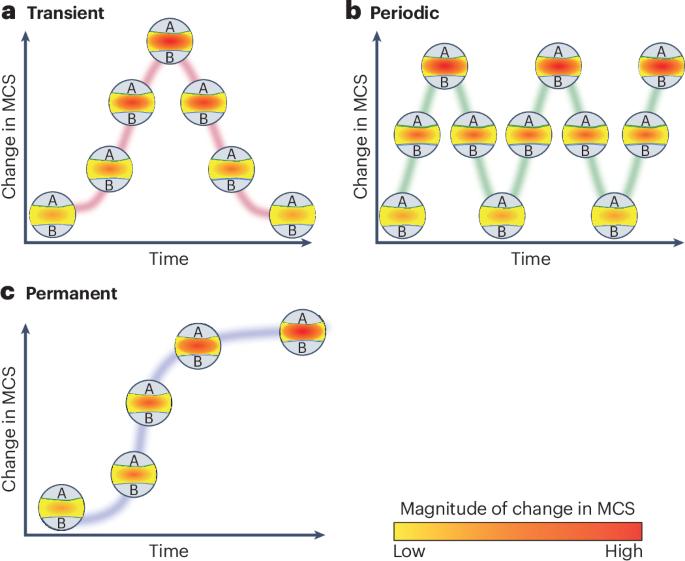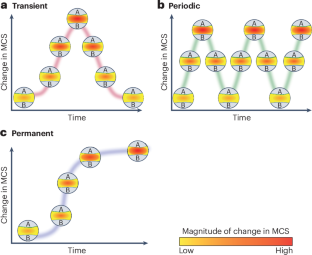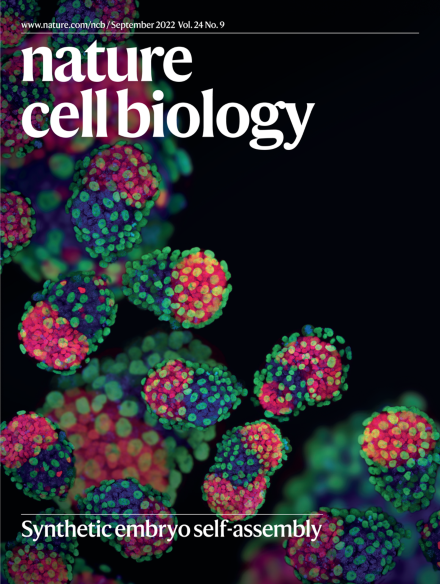膜接触点的时间动态
IF 17.3
1区 生物学
Q1 CELL BIOLOGY
引用次数: 0
摘要
细胞行为会随着环境和新陈代谢线索的变化而发生时间性变化。这同样适用于膜接触点(MCSs),细胞器在这些接触点靠近以执行特定功能,如脂质转移或钙信号传导。在这里,我们将讨论膜接触点是如何随时间变化的,以及膜接触点是否表现出昼夜节律性。本文章由计算机程序翻译,如有差异,请以英文原文为准。


Temporal dynamics of membrane contact sites
Cell behaviour changes temporally in response to environmental and metabolic cues. This also applies to membrane contact sites (MCSs), where organelles come into close proximity to perform specific functions, such as lipid transfer or calcium signalling. Here, we discuss how MCSs change over time and whether MCSs exhibit circadian rhythmicity.
求助全文
通过发布文献求助,成功后即可免费获取论文全文。
去求助
来源期刊

Nature Cell Biology
生物-细胞生物学
CiteScore
28.40
自引率
0.90%
发文量
219
审稿时长
3 months
期刊介绍:
Nature Cell Biology, a prestigious journal, upholds a commitment to publishing papers of the highest quality across all areas of cell biology, with a particular focus on elucidating mechanisms underlying fundamental cell biological processes. The journal's broad scope encompasses various areas of interest, including but not limited to:
-Autophagy
-Cancer biology
-Cell adhesion and migration
-Cell cycle and growth
-Cell death
-Chromatin and epigenetics
-Cytoskeletal dynamics
-Developmental biology
-DNA replication and repair
-Mechanisms of human disease
-Mechanobiology
-Membrane traffic and dynamics
-Metabolism
-Nuclear organization and dynamics
-Organelle biology
-Proteolysis and quality control
-RNA biology
-Signal transduction
-Stem cell biology
 求助内容:
求助内容: 应助结果提醒方式:
应助结果提醒方式:


